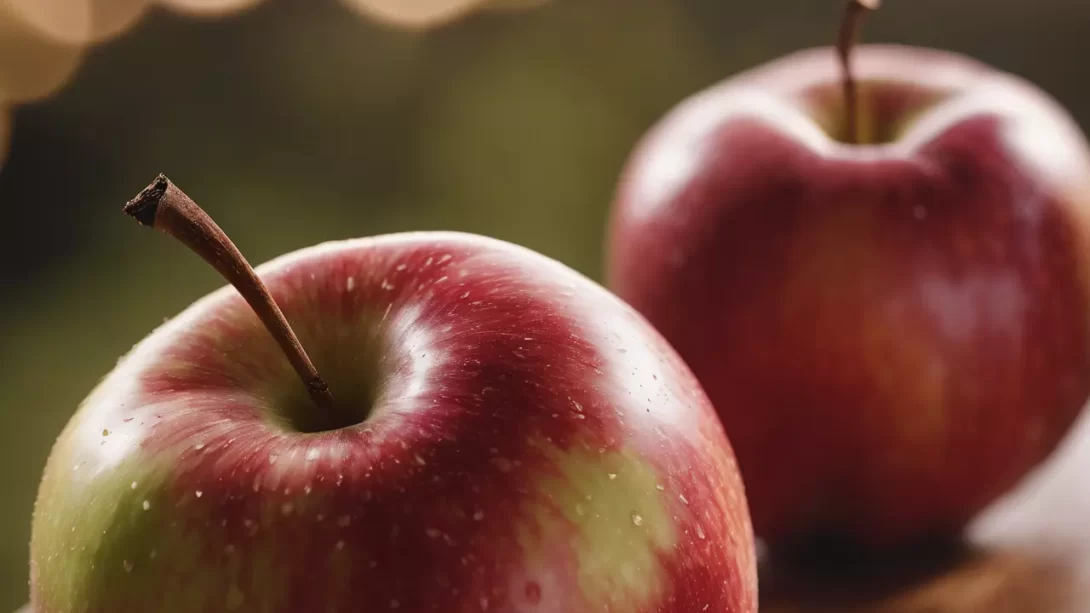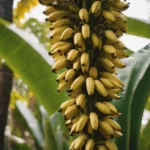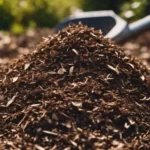The fruits we enjoy in our daily lives are often the result of centuries of cultivation and selective breeding by humans. Many popular fruits have been significantly altered from their wild ancestors through human intervention, creating what can be termed as “man-made” fruits. This process has been pivotal in enhancing flavors, sizes, and yield, making fruits more appealing and accessible.
Historical Perspective of Fruit Cultivation
The journey of fruit cultivation is as old as agriculture itself. Early farmers selected and propagated plants with desirable traits, a practice that has shaped the fruits we recognize today.
- Early Domestication: The domestication of fruits began thousands of years ago when early agricultural societies started cultivating wild fruit plants. For example, wild apples in Central Asia were quite different from the sweet, large varieties we see today.
- Ancient Modifications: Ancient texts and archaeological findings show that fruits like grapes, figs, and olives were among the first to be cultivated. These fruits were selectively bred for qualities like size, taste, and ease of harvest.
This long history of fruit cultivation highlights the deep connection between human culture and agriculture, shaping not only the fruits we eat but also our agricultural practices.
Common Man-Made Fruits
Several fruits that are staples in our diets today are the result of extensive selective breeding and cultivation.
- Apples: The modern apple, Malus domestica, is a far cry from its small, tart wild ancestors. Selective breeding over centuries has produced larger, sweeter, and more diverse varieties.
- Bananas: The bananas we commonly consume, like the Cavendish variety, are significantly different from their wild counterparts, which were smaller and filled with large seeds.
- Grapes: Used for eating fresh, making wine, or as dried fruits, grapes have been bred for specific sizes, tastes, and textures, differing greatly from their wild relatives.
- Oranges: The sweet, seedless oranges we enjoy are a result of selective cultivation. Wild oranges are typically more bitter and filled with seeds.
These fruits are just a few examples of how human intervention has transformed wild fruits into the delicious varieties we have today. The changes brought about by selective breeding have made these fruits not only more palatable but also more suitable for large-scale cultivation and global distribution.
Techniques Used in Developing Man-Made Fruits
The development of man-made fruits involves several agricultural techniques, primarily selective breeding and, in recent times, genetic modification.
- Selective Breeding: This age-old technique involves choosing plants with desirable characteristics and breeding them over several generations. For instance, sweeter strawberries have been developed by repeatedly selecting and planting seeds from the sweetest fruits.
- Genetic Modification: Modern technology has introduced genetic engineering, where specific genes are inserted into a plant’s DNA. This can result in fruits with enhanced qualities like increased resistance to pests or longer shelf life. However, this practice is often subject to ethical and health-related debates.
These techniques have played a crucial role in shaping the fruits we consume today, contributing significantly to agricultural productivity and food security.
Benefits and Challenges of Cultivated Fruits
The cultivation and modification of fruits have brought numerous benefits, but they also present certain challenges.
- Benefits: Man-made fruits often have improved taste, size, and nutritional value. They can also be more resistant to diseases and pests, reducing the need for chemical pesticides. Enhanced shelf-life and transportability make it easier to supply fresh fruits globally.
- Challenges: One of the major concerns is the reduction in genetic diversity, which can make crops more susceptible to diseases and climate change impacts. Additionally, the long-term effects of genetically modified fruits on health and ecosystems are still being studied and debated.
Understanding these benefits and challenges is crucial as we continue to rely on cultivated fruits for our nutritional needs and culinary enjoyment.
Future of Fruit Cultivation
The future of fruit cultivation is likely to be shaped by advancements in technology and a growing focus on sustainability and health.
- Innovations in Agriculture: Emerging technologies like CRISPR gene editing offer more precise ways to improve fruit traits. Additionally, sustainable farming practices are being adopted to ensure environmental health.
- Potential for New Developments: Researchers are constantly working to develop new fruit varieties that can withstand changing climate conditions, require less water, and provide essential nutrients.
As we look forward, the cultivation of fruits will continue to play a critical role in addressing global food security challenges, while also offering new and improved varieties for consumers to enjoy. The integration of advanced technologies and traditional breeding techniques will likely pave the way for more resilient and diverse fruit cultivars.
Conclusion
The story of man-made fruits is a testament to human ingenuity and its profound impact on agriculture. From the sweet, crisp apples to the seedless grapes, the fruits that grace our tables are often the result of centuries of careful cultivation and more recent scientific advancements. These efforts have not only made fruits more enjoyable but have also played a crucial role in sustaining and nourishing populations around the world.




